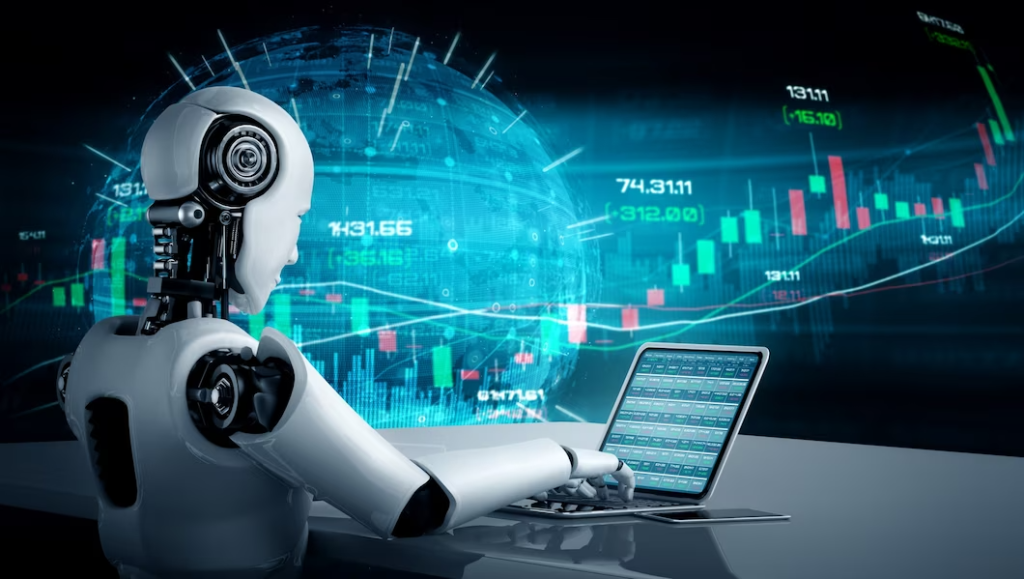Last Updated on 05/12/2023 by Dolly
The world of technology is always evolving, and one field that has witnessed remarkable advancements is computer vision. This new technology makes it possible for machines to interpret and make decisions based on visual data, mimicking human-like sight. Computer vision is transforming a wide range of industries, from healthcare to entertainment. With an open door to limitless opportunities. In this article, we will look at key advances in computer vision and their practical applications in the real world.
1. Deep Learning and Neural Networks
Convolutional neural networks (CNNs), a type of deep learning algorithm, have changed completely how computers process and perceive images. Computers now recognize complex patterns and objects through algorithms with remarkable accuracy after training networks on more large and complex datasets. With this advancement in hand, more applications such as facial recognition, autonomous vehicles, and even helping doctors with making diagnoses are possible.
2. Augmented Reality (AR) and Virtual Reality (VR)
Our daily interactions with objects are changing as a result of the introduction of computer vision. Applications for augmented reality (AR), like interactive online shopping and immersive gaming, are improving and allowing for user interaction.
Pokemon Go is a product of AR.
VR, on the other hand, is being used in fields like architecture and education, gaming, and providing immersive experiences with VR glasses. In 2023, when we always use our phones and computers, it is nice to have a good VR set.
3. Processing Data at the Source with Edge Computing
Computer vision typically requires a lot of computational power, which is provided by powerful processing units in data centers. Yet, the increasing usage of edge computing has changed this process. By processing data closer to the source (like IoT devices or cameras), latency is minimized, which allows for real-time analysis. This technique has applications in urban planning, security systems, and industrial automation, where quick decision-making is critical.
Being able to perceive depth in images changed the way we look at computer vision. 3D vision techniques, and most importantly, LiDar ( Light Detection and Ranging) structured light sensing, allow machines to understand spatial relationships. This invention is an integral part of robotics, allowing machines to navigate complex environments and understand what is being scripted. It also continues to reshape the gaming industry by creating more immersive gaming experiences.
5. Building Trust and Transparency with AI
As computer vision systems continue to advance further, there is a growing interest in how transparent and understandable the decision-making processes taking place behind the scenes are. Explainable AI approaches help make systems interpretable and understandable by providing insights into how algorithms produce results. In areas such as finance and health, it is important that decisions and the important consequences of these decisions are trustworthy and understandable.

Practical Utilization in Various Sectors:
-
Healthcare:
Doctors now find computer vision to be a useful tool for subtly identifying abnormalities in medical imaging, keeping track of patients’ conditions, and even serving as an extra set of eyes during operations.
-
Retail:
Computer vision can take many different forms for those in the retail industry. These include computer vision for stores without cashiers, data analysis, and streamlining business processes.
- Automotive:
In the automotive industry, computer vision powers self-driving vehicles, enabling them to recognize pedestrians, animals, other vehicles, and road signs, creating safer transport systems.
-
Manufacturing
Computer vision is used for quality control, defect detection, and process optimization. With this system, higher productivity and lower operating costs are achieved.
-
Security:
Surveillance systems equipped with computer vision can detect any suspicious activity, identify people, and increase overall security measures in public areas and private properties, bringing a new dimension to the security industry.
In summary, these advances in computer vision are not just technological advances; they are the gateway to a future where machines can understand and interact with the world in ways previously thought impossible. As this technology continues to develop, its practical applications will expand, reshaping industries and improving lives in ways we can only imagine. The future of vision is indeed bright, and we are only beginning to scratch the surface of its enormous potential.










